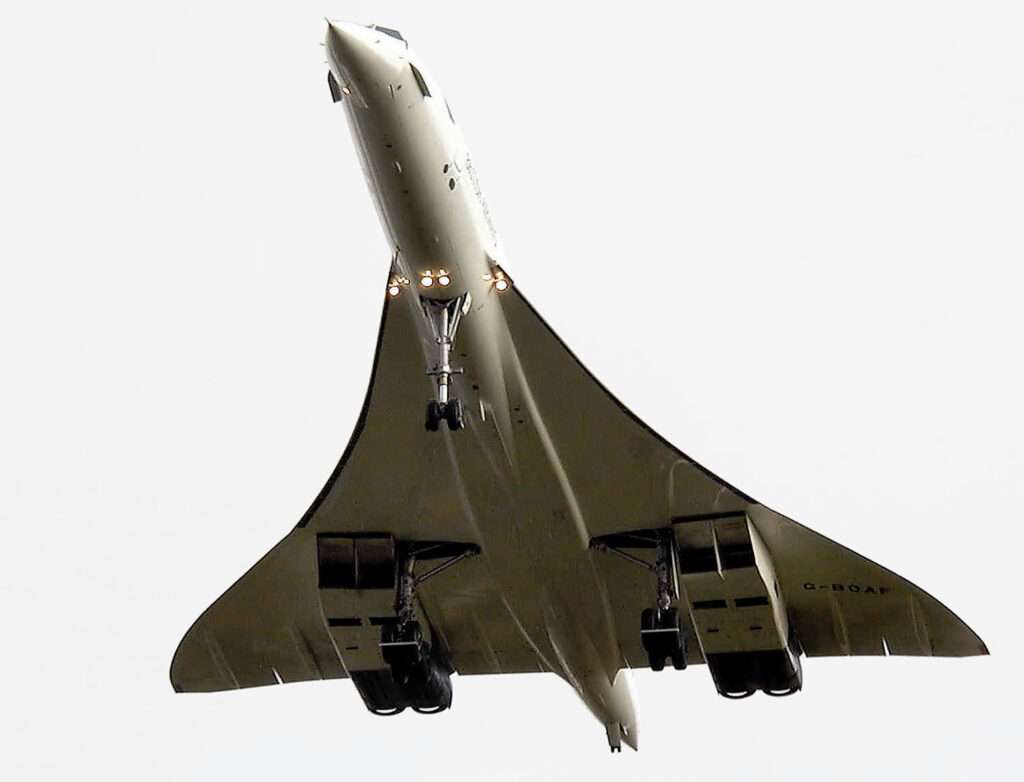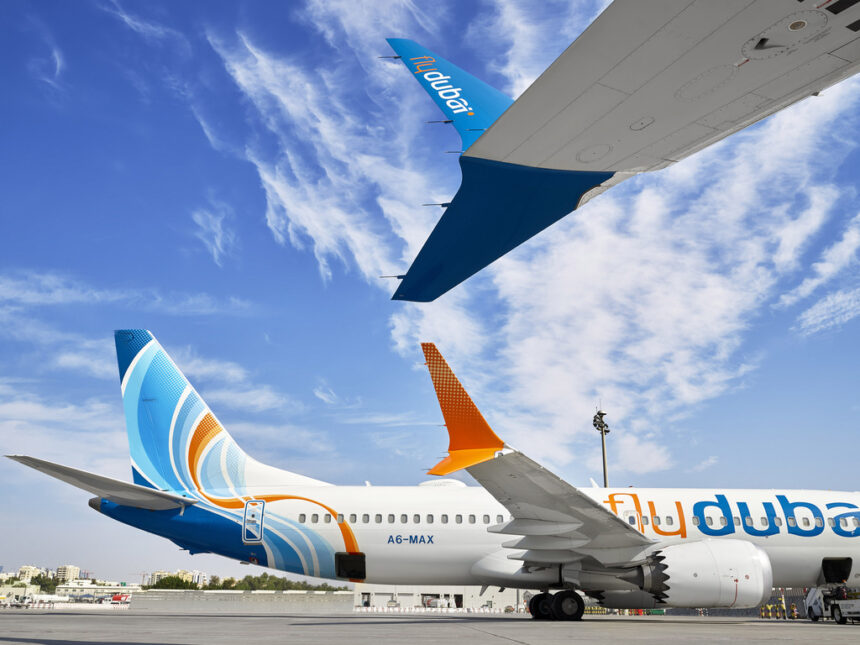As the aviation sector moves towards a renewed supersonic age, the interest in the iconic Concorde aircraft has similarly seen something of a revival.
Whilst the focus remains on supersonic commercial passenger operations, Boom Supersonic, the aerospace company currently building the world’s fastest and most sustainable supersonic airliner, recently entered into a three-year strategic partnership with the U.S. Air Force.
Valued at up to $60 million, the Air Force awarded this contract to Boom through its innovation arm, AFWERX, and its AFVentures division, which is designed to accelerate commercial technologies.
A question recently raised was whether the Concorde was considered for any Air Force applications, beyond the commercial airline service it saw with Air France and British Airways.
Once such application was the 2006 proposal to resurrect Concorde as a ‘Royal Air Force One’ aircraft.

[monsterinsights_popular_posts_inline]
Concorde as ‘Royal Air Force One’
The Concorde was once considered as a possible replacement for the Royal Plane, the aircraft used by the Royal Family for official travel.
In 2006, a number of British MPs proposed that the government purchase a Concorde to serve as the new Royal Plane. An Early Day Motion (EDM) was tabled by MPs to debate in the House of Commons in May of that year.

The MPs argued that the Concorde would be a prestigious aircraft for the royal family and would enhance the UK’s international image.
However, the proposal to use the Concorde as the Royal Plane was also met with criticism. Critics argued that the Concorde was too expensive to operate and that it would be too difficult to maintain.
Additionally, the Concorde was retired from commercial service in 2003, and it would have been challenging to bring it back into operation.
With only 10 MPs backing the motion, it didn’t gain the momentum needed for serious consideration. As a result, the proposal to use the Concorde as the Royal Plane was thus not pursued.
Today, the aircraft most commonly known for this purpose is a RAF reconditioned Airbus A330, typically used for long-haul flights for both the Royal family and higher government officials.

Why Concorde never became Royal Air Force One
At the time the EDM was floated in 2006, the Concorde had been retired from commercial service, following a fatal accident.
The cost to ‘raise it from the dead’, so to speak, was a significant impediment to the bold proposal.
Beyond that major sticking point, there remained a number of potential reasons why the Concorde may not have passed the pub test as a Royal Air Force One candidate.
On the subject of cost, during its time in commercial operations, Concorde was known to be a relatively expensive aircraft to purchase and operate. The RAF would have had to invest heavily in training and infrastructure to support it.
Complexity: The Concorde was also a relatively complex aircraft with respect to engineering and maintenance support. It would mean the training a new cadre of pilots and maintenance crews to support it.
Environmental concerns: The aircraft had a high noise footprint with its use of afterburners on takeoff, and the sonic booms developed as it passed through the sound barrier. Noise and also pollution and emissions were increasingly becoming key global concerns as the years passed.
Public opinion: The Concorde was a popular aircraft with the public, and many people would have potentially been opposed to seeing it used for military purposes.
Conclusion
Despite the fact that it was never used as a military aircraft or as the Royal Plane, the Concorde remains a perennial favourite and an iconic aircraft in the annals of aviation history.
It is perhaps also a reminder of the UK’s once-leading position in cutting edge aviation technology, which was perhaps the key driver of the 2006 proposal to adopt it as the Royal Plane.

Click the banner to subscribe to our weekly newsleter.









